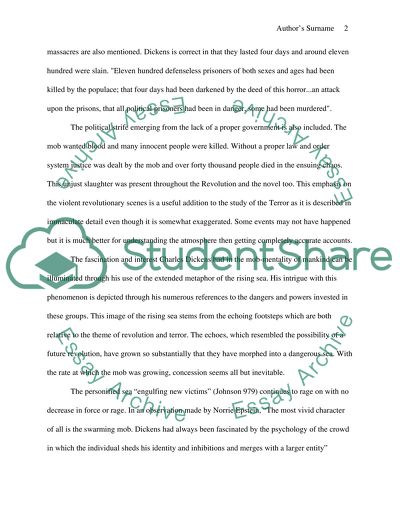Cite this document
(“A Tale of Two Cities by Charles Dickens Book Report/Review”, n.d.)
Retrieved from https://studentshare.org/miscellaneous/1523638-a-tale-of-two-cities-by-charles-dickens
Retrieved from https://studentshare.org/miscellaneous/1523638-a-tale-of-two-cities-by-charles-dickens
(A Tale of Two Cities by Charles Dickens Book Report/Review)
https://studentshare.org/miscellaneous/1523638-a-tale-of-two-cities-by-charles-dickens.
https://studentshare.org/miscellaneous/1523638-a-tale-of-two-cities-by-charles-dickens.
“A Tale of Two Cities by Charles Dickens Book Report/Review”, n.d. https://studentshare.org/miscellaneous/1523638-a-tale-of-two-cities-by-charles-dickens.


